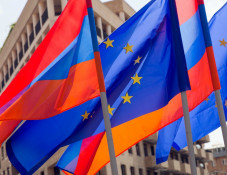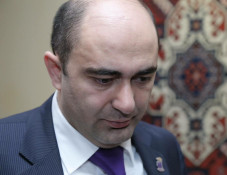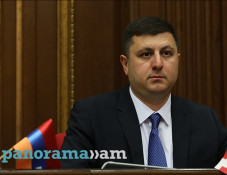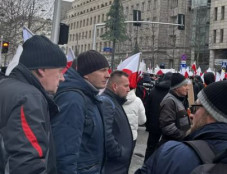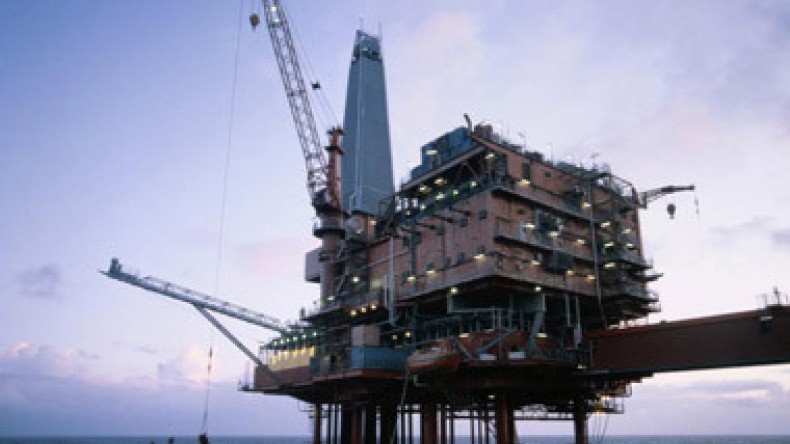
The Economist: Ilham Aliyev faces declining oil revenues and is interested in tensions on line of contact
Conflict in Nagorno Karabakh – contested region between Armenia and Azerbaijan has recently been exacerbating, writes British the Economist. Though the current conflict started in 1988, its roots go back to the beginning of the previous century. Ethnic Armenians constitute the majority of the region’s population.
The article notes that the conflict between the two countries began during the breakup of the Soviet Union. Despite the 1994 ceasefire brokered by Russia the region remains a hot spot where tensions are increasing periodically, targeting civilians.
Heavy Azeri losses at the start of August provoked bellicose rhetoric from the president, Ilham Aliyev. “The war is not over,” he declared. “Only the first stage of it is,” quotes the article.
After the meeting between Presidents of Armenia, Azerbaijan and Russia in Sochi at the beginning of August, tensions have cooled.
According to Thomas de Waal, current tensions partly have to do with some external circumstances. The situation in Ukraine diverts the attention of the international community, at the same time in Azerbaijan a discontent grows towards the Minsk Group’s ineffective process, while tensions between Russia and West further complicate the cooperation with the Minsk Group. We have also witnessed worrying incidents, even in Nakhichevan, where until recently there was a peaceful situation, has noted the expert.
According to De Waal, the party interested in fuelling tensions is Azerbaijan since the losing side as a rule tends to exacerbate the situation.
“Major challenges Azerbaijan’s President Ilham Aliyev will confront in his third term are declining oil revenues, a poor track record on human rights and the possibility of renewed conflict over Nagorno-Karabakh,” says the article by Sabine Freizer, senior fellow with the Dinu Patriciu Eurasia Center and the Program on Transatlantic Relations.
Newsfeed
Videos









